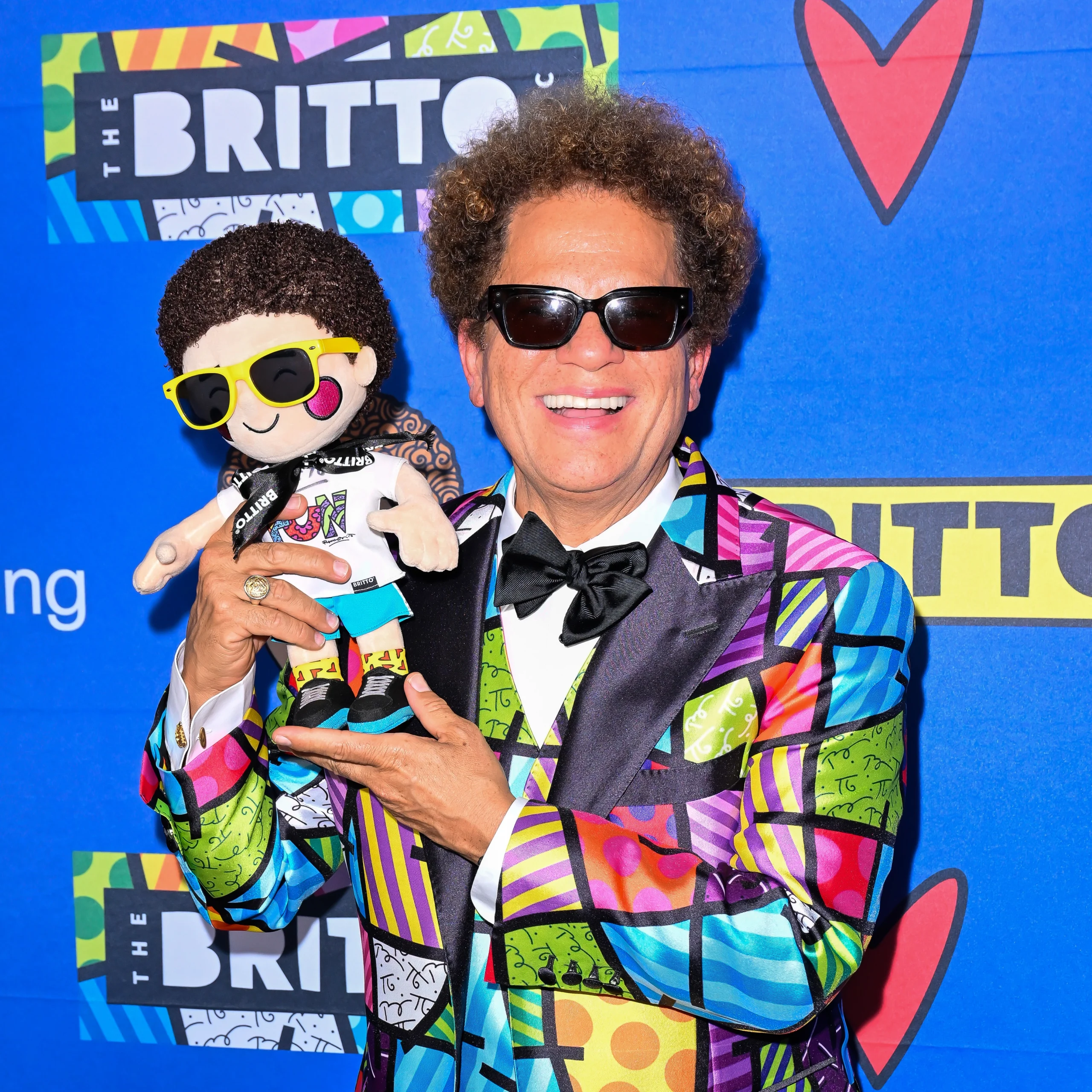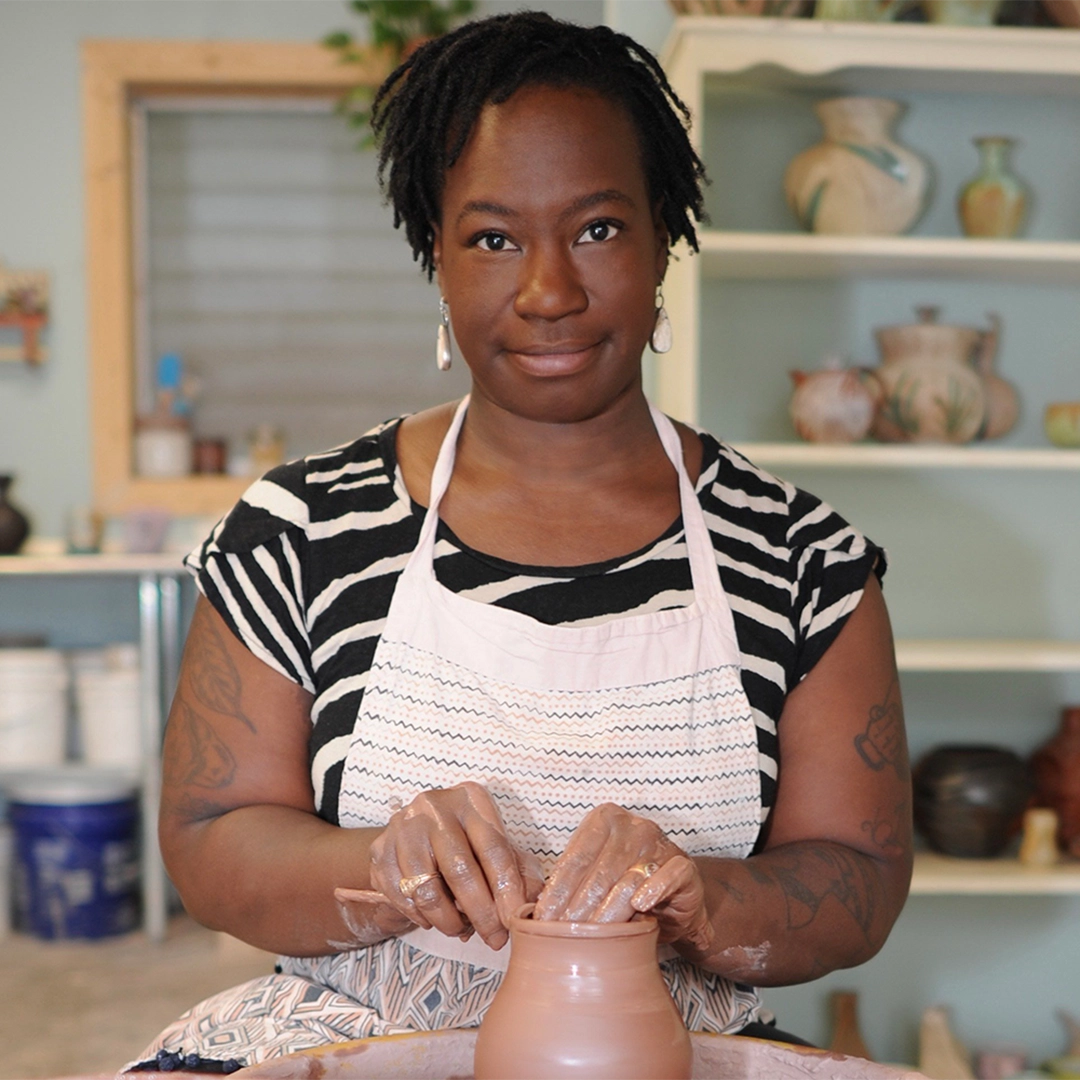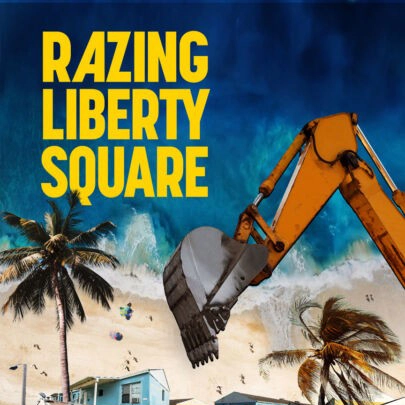One-On-One with Gray Malin
Fine-art photographer Gray Malin on new babies, old Palm Beach and how Art Basel Miami helped launch it all
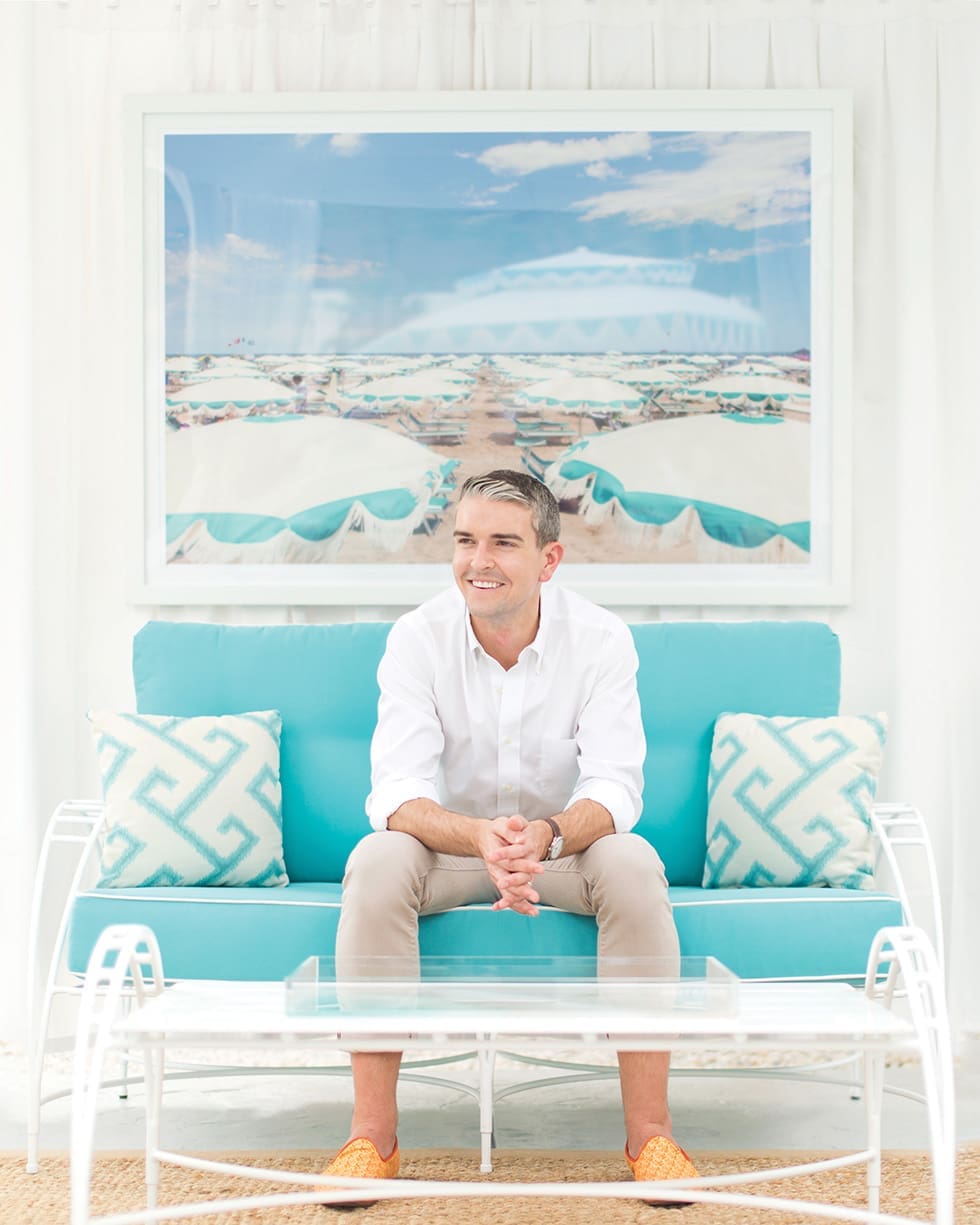
You’ve seen his work even if you don’t know it. Gray Malin’s wildly popular fine-art overhead photographs of beach scenes from Bora Bora to South Beach and images of balloon letters organized to spell cute messages like “I am Busy” have ignited global trends in art, photography and social media. Malin, 32, began his career as a photographer 10 years ago from a booth at a local flea market in West Hollywood, California, where he sold his black-and-white travel photos. But it was a short trip to Art Basel Miami in 2012 and a serendipitous rain storm that launched his signature series À la Plage, a collection of aerial photographs of shorelines and sunbathers around the world. These days, Malin says trips to Florida inspire new work, and he hopes eventually to create a project about the glamour of old Palm Beach, a town he admits he developed a “crush” on after visiting last year. With a few exciting firsts unfolding in his personal and professional life, including a fresh series with the Beverly Hills Hotel and the arrival of twins this December, the soon-to-be helicopter parent reflects on his picture-perfect journey in this interview with Flamingo Editor-in-Chief Jamie Rich.
First of all, congratulations. You’re expecting twins this holiday season. How are you feeling about that?
GM: Feeling actually really good, but of course, naturally also having anxiety. When you’re so lucky to be having a child, let alone two children, it’s kind of overwhelming happiness. I was literally just on a phone call with our amazing surrogate right before this. It’s been a long process, and we’re thrilled. And it’s an amazing Christmas present. Everyone keeps saying, “Hope they come before Christmas because it’s easier to have their birthday parties before that.” I don’t know. I guess that makes sense.
Do you think that having kids will influence your creativity or your art?
GM: I’m sure it will. Everything that I’ve done to date is sort of authentic to where I am in my life. And as I’ve grown, my work’s grown as well. So I imagine, very much, it will influence my vision and trickle into my work.
Do you think you’ll be posting pictures of the kids on social media?
GM: We haven’t fully discussed that yet. I think we haven’t even researched it, to be honest. And a couple of friends have brought up that topic, and everyone I’ve chatted with about it [says] just that it’s a part of your life and it becomes natural to share family pictures. So I’d imagine it will just come naturally, but we have no hashtag or handle. It’s an interesting topic. People are very opinionated about it, so we just don’t know.
I guess when you’re a fine-art photographer and Instagram is a big vehicle of delivery of those images, it has a different impact. But normal people aren’t asking themselves, “Oh well, should I post a picture of my babies on Instagram?” Yeah. Of course, you are!
GM: I know what you mean. We’ll see. I definitely will share their nurseries. That’s for sure.
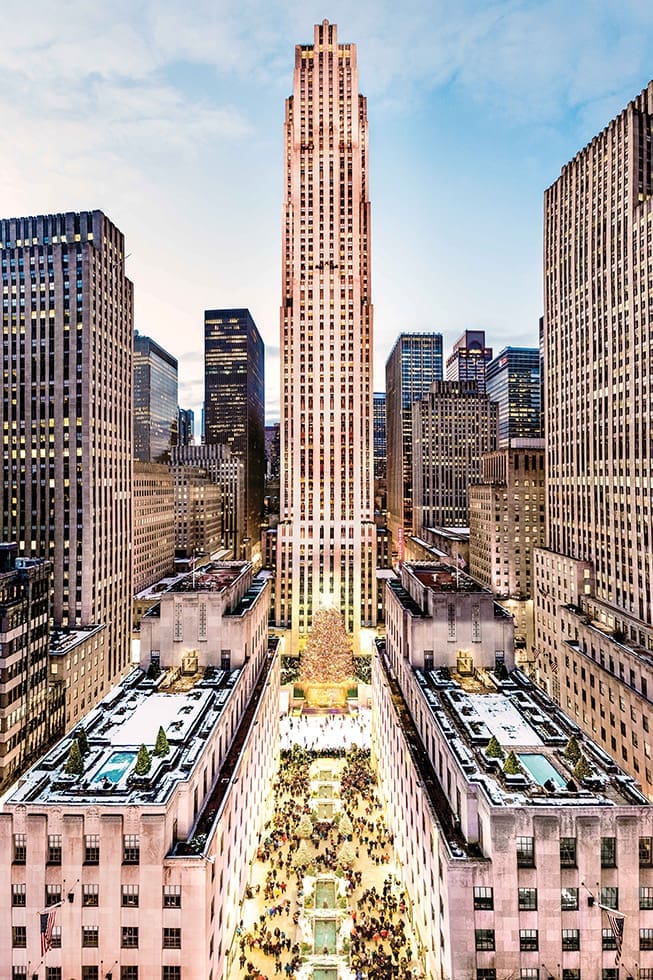
Are the nurseries ready?
GM: They’re not ready, but this morning I was opening packages looking for wallpaper that was supposed to arrive, and it’s all being done. I’m actually really excited about the nursery. I feel like somehow it becomes sort of therapeutic as I walk in and visualize everything. But just to have it all in place kind of makes it somehow feel a little bit more tangible.
Will the wallpaper be Gray Malin wallpaper?
GM: It’s something else, but the theme is definitely a little bit more traditional. They’re going to share a nursery to start, which is highly recommended for twins. And then we just happen to have Jack-and-Jill bedrooms across the hall. So we’re going to decorate the additional room right across from the nursery as sort of the girl’s room, even though she won’t really move in there until it’s time, which can be anytime from a year, give or take, depending on how well they’re sleeping and everything. So there’ll be two nurseries, but they’ll be sharing one space, so it’s gender neutral and the other one’s a little more girly.
A little more Palm Beach pink and green?
GM: Yeah, a little bit more blush, so it’s fun. And I look forward to sharing that with everybody.
Tell me a little bit about the latest collection, The Beverly Hills Hotel.
GM: It launched today! It’s been two years of discussion and meetings. We went in to shoot about six months ago. It was quite surreal because the Beverly Hills Hotel, just being an Angelino and living here in Los Angeles, it’s so iconic, and to get to walk around there with my camera and see these visions actually come to life in the frame of my lenses, I felt like I was just shooting a celebrity. I was like, “Oh my gosh, is this real?” To be the first photographer to get to shoot my project there, I’m very grateful but also really wanted to do a good job. So I went above and beyond to really nail this time period, and all of the hard work really paid off. So it’s a great day.
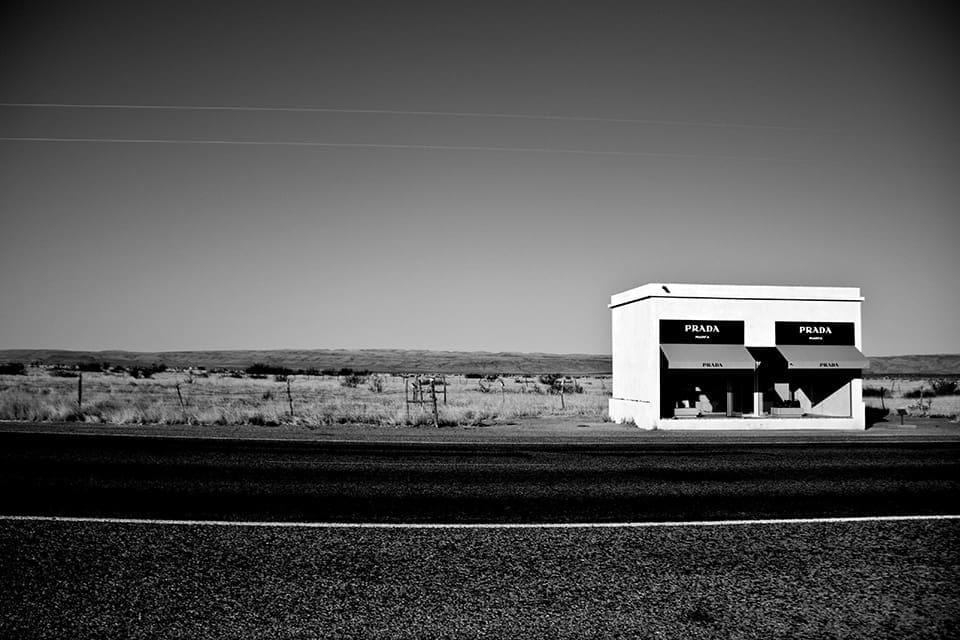
It’s a long way from where you started selling your images at the flea market in West Hollywood.
GM: Yeah, the flea market, it’s so funny. I actually lived very close to the flea market. It’s one of the best things to do on a Sunday in LA. It’s the perfect place to meet friends and go explore. It’s gotten better since I was there. And in the beginning, I actually was taking classes and was primarily working on black and white photography. The majority of what I was selling there was black-and-white work from my travels. And while I was taking classes, I was shooting. Learning how to establish a series of work and the artist statement behind the work. And that led me to my first major successful series, which is the project Prada Marfa.
Tell Me About Prada Marfa.
GM: I didn’t grow up in a traditional Dallas, Texas, household. My parents transplanted from New York City. It was just a little bit more open-minded. So the Prada Marfa collection was just kind of second nature. I was like, “Oh, I love this cool town in West Texas.” I hung one of the Prada Marfa prints in my little flea market booth. (It’s actually still for sale on our website, the only black-and-white image, I think, for sale on our website.) I learned that people were drawn to conversational topics and that the print made people very happy. And it kind of laid the foundation for how I began to think about selling my work and creating work. Ultimately the flea market was a very valuable time because the direct feedback that I got from the community helped me determine how to move forward in my journey as a fine art photographer.
I understand your super popular aerial series A la Plage was an idea that originated in Las Vegas, but the first images you took for the series were of Miami Beach?
GM: Exactly. I had been planning on going to Miami during Art Basel. I was always [saying], “I should go and see what’s going on in the art world.” I was trying to figure out where to stay and that’s when I was like, “There’s so many amazing hotels in Miami, and what is art deco?” Ultimately the idea was to go to some of these hotels and see if I could go on the roof and take a picture of their pool. Of course, I get there thinking it will be no problem. But it was a huge problem and everyone was like, “Who are you?” and “No, you can’t go on the roof!” And “We’re sold out,” and “We’re busy!” I was just like, “Oh my gosh, sorry.” This was before drones and all of those shenanigans.
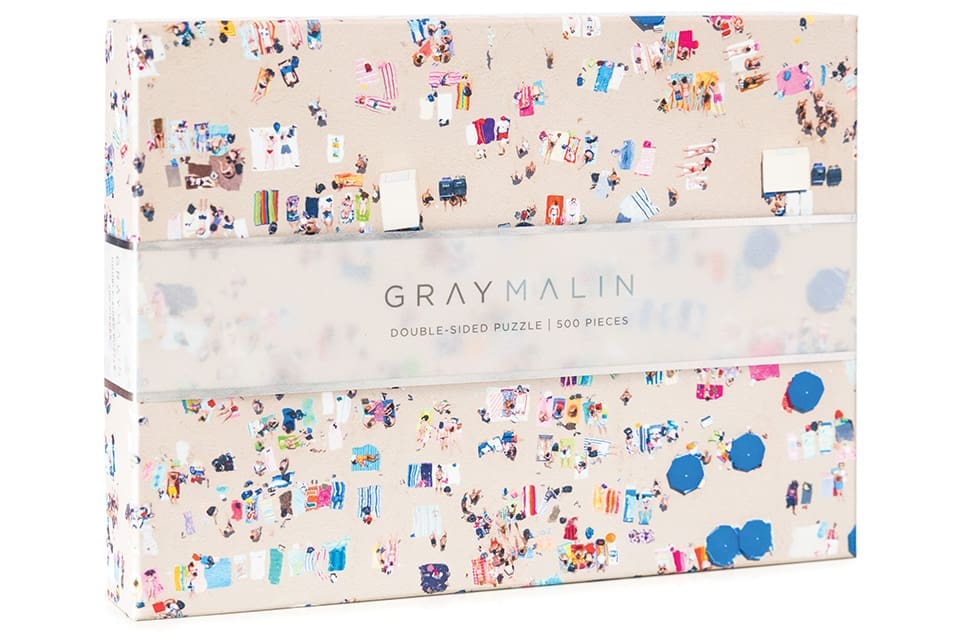
When were you down there trying to take these first images?
GM: It was 2012. What’s funny about it all is I was up there in the air, and I’d never been in a helicopter before. You take off from an airport that’s nowhere near Miami. It takes half an hour of flying time just to get over there, and a storm blew off the Atlantic. I’m circling the Raleigh swimming pool, and it had just been raining and the pool was empty and gray and it was just not what I was envisioning. In the moment I felt that feeling of defeat. Oh, you tried your best. You’re in the helicopter and this just isn’t going to work. I lowered my camera, and that’s when I looked out on the horizon and I saw South Beach. [I’m on] the microphone saying, “Do you mind? Can we go fly over there for a minute before we head back? I’d love to just see more of that big white space.” We start flying along, and there are those umbrellas and the chaise lounge chairs, and everyone had run off the beach because of the rain. So it was just this very simple white sand and geometric shapes, and I took probably all of three minutes of photographs along the beach before we headed back to the airport. When I got back to Los Angeles, I shared the images with the 12 students in this class I was taking, and everyone was like, “Gray, this is really very interesting. You should explore more of this beach work.” And then I started that project. But today you see it everywhere, which is so funny. And I’m so grateful that I was able to work on this project ahead of, I guess, the trend.
Well, I think you had a big part in launching this trend really.
GM: That’d be a huge compliment. I sometimes think about it. I’m like, “What? What happened there?” But I also feel like drones took off, and that’s part of it too. But regardless, everyone really enjoys the aerial perspective. I mean I’m literally looking at one right now where I’m sitting. It does not get old. It’s always pleasant and timeless on its own.
And yeah, Florida is the original, the OG. I went back to Miami and shot, I think, two times after that. It’s one of those few places in America with the European beach club aesthetic with umbrellas and chairs. And from above, it’s one of their rarest spots where you’ve got fabulous patterns of not only color but also shapes and all that. I tell any aspiring aerial photographers, “Go shoot in Miami because there’s plenty of opportunity.”
Are you getting into using drones now that they’ve come along? Or are you still a helicopter guy?
GM: I’m not into drones, but I recently had a drone pilot come and shoot some behind the scenes [footage]. And I definitely have a total respect for that sort of work. I just don’t think there’s a comparison, at least for me, in terms of the experience of being up in the air with the wind literally blowing your face. And you’re communicating and directing the pilot. And you’re trying to go lower or higher and angle the lens to find the reflection of the sun off the water. It’s just a totally different experience from looking down on a screen that’s sort of going by GPS coordinates.
Where do you get your creative inspiration?
GM: As I’ve grown over the past 10 years as an artist, I learned. I’ve been fortunate enough to experience a lot of different places. For example, when I went to Palm Beach last December, I was just incredibly inspired. I happened to be at Art Basel for a work commitment and I thought, “Hey, let’s drive up to Palm Beach.” And I was just so inspired.
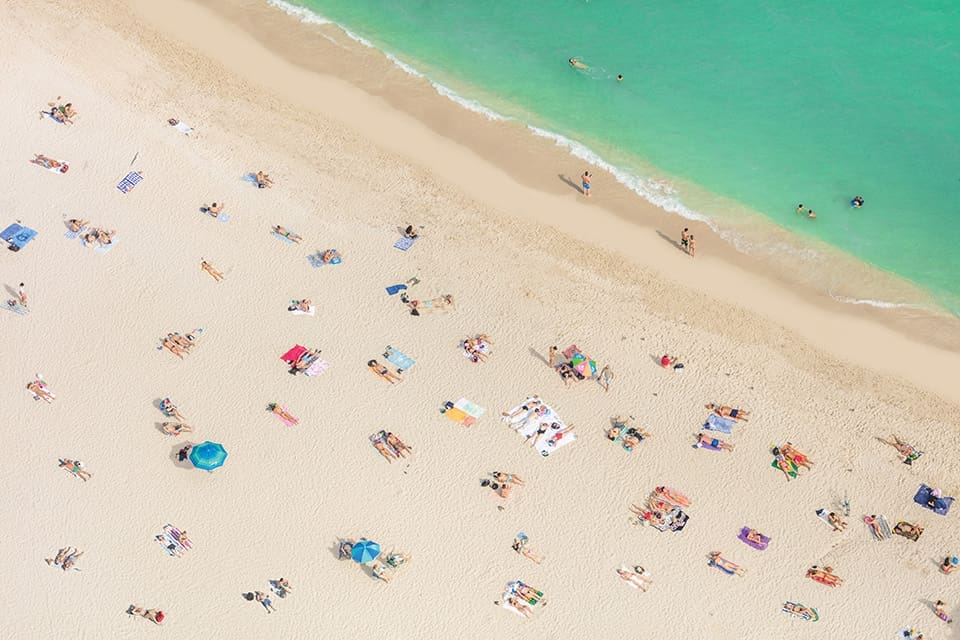
The aerials came from a weekend with friends in Las Vegas, and the Bolivian salt flat series, Far Far Away, actually came because I was at Art Basel that same time I was there for that helicopter. I just walked into the booth of a man, and I instantly recognized some of the work. He invited me to come to Bolivia and shoot with him, and I took him up on it. The more you put yourself out there, it’s interesting how you find things that inspire you, and then you take them home and research and develop ideas and build a good old-fashioned Pinterest board. And with time, they grow, and hopefully, you’re able to execute.
Who was the Bolivian photographer?
GM: His name is Gastón Ugalde. They call him the Andy Warhol of Bolivia. He’s a real artist. I mean, very much when you think of an old-school artiste, he is that man. So when I met him and I explained, “I’m a photographer, and I’m very drawn to these images,” he and I just connected. And so I’ve actually been back a second time and worked with him. And he just sits there on set and is like, “Do it again, Gray. Do it again. Harder, work harder.” It pushes you to collaborate with another artist who is really creative. To think of things you weren’t thinking of. It’s a great series. I really personally love it because there’s no Photoshop involved. It’s all real.
And those balloon phrases have also become a pop culture movement, like the aerials. Now everyone’s taking photos of balloon words at every engagement party and one-year-old birthday.
GM: Those balloons are so fun. J.Crew came to me, and I was really early on in my career, and they were like, “Jenna Lyons and Mickey Drexler are fans of your work, and they’d love for you to create a Valentine’s image and something that’s special and unique to you.” It was just for their Instagram. And I happened to be going to Hawaii with my family, and I took all these colorful heart balloons. And then it gets spun into words and flamingos and pineapples, and it was just so joyful. The most famous one is for sure “I am Busy,” which goes across the print table almost every other day. People love that print. I love that print. Everyone can relate to it. I haven’t shot any new balloon work. I need to get back on that. You’re inspiring me right now!
Speaking of flamingos, what inspires you about these pink birds? I noticed they appear throughout your work.
GM: Oh gosh. You’re so funny because you’re Flamingo magazine. That is a great question. I’m drawn to them in the sense that they somehow make me happy. I associate flamingos with a good time. It’s just a symbol or a word that is associated with something joyful. So it resonates with me because I’m all about making every day a joyful getaway. It’s just a great animal and it’s a great word.
Check out more of Malin’s latest work at graymalin.com.
Read more “One-On-One” interviews with Editor-In-Chief Jamie Rich.
About the Author
As an editor and journalist, Jamie has covered travel and culture around the world. Her work has appeared in national and international publications. She spent much of her professional life abroad and worked in newsrooms from The Moscow Times to The Times of London. She holds degrees from Florida State and Georgetown. She founded Flamingo in 2015.

